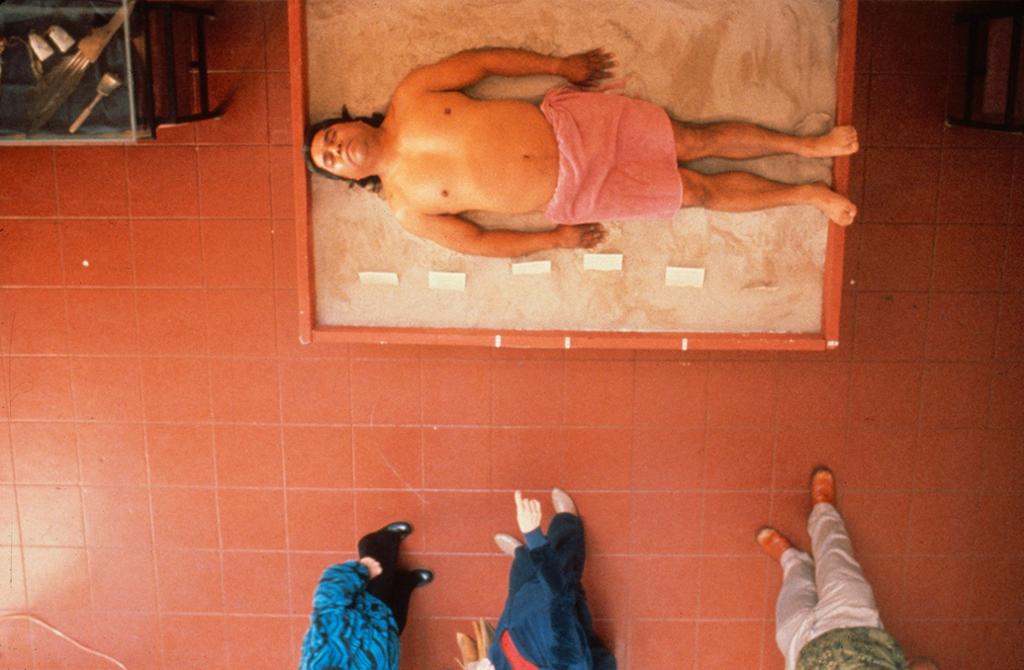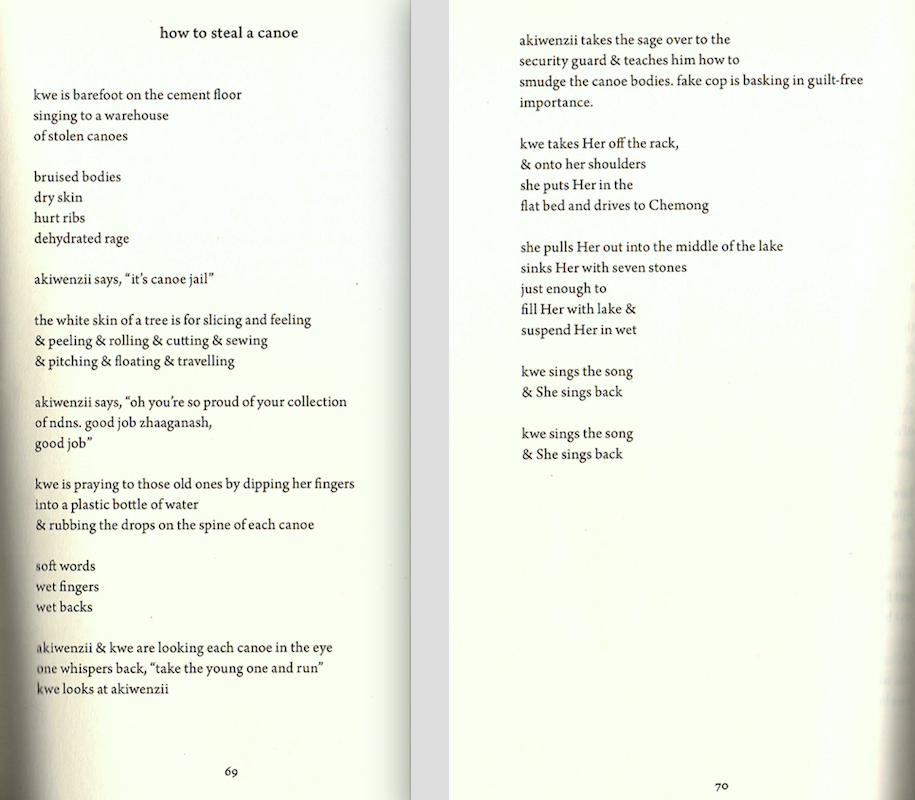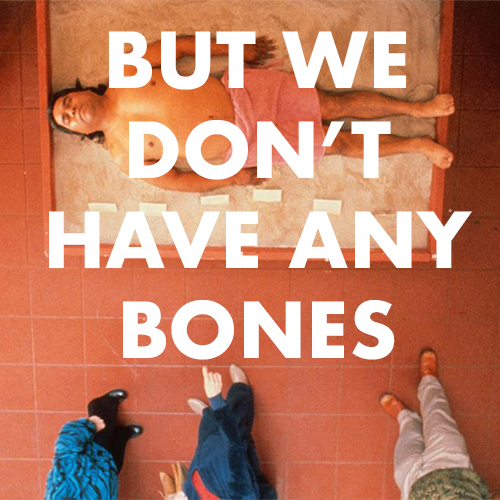
BUT WE DON’T HAVE ANY BONES
how to steal a canoe (audio)

Repatriation is central to the reclamation of and reconnection to many Native peoples’ ancestors and their cultural heritage. However, I find it deeply troubling that the immediate response to “I’m thinking about Native American artistic practice and its status in a contemporary arts museum” is to show me an “unidentified” basket or bowl. this indicates that the first thing many people think of when talking about Indians are dead ones.
If you are interested in reading about histories of repatriation, looting, or the Native American Graves and Repatriation Act, see: Repatriation Reader: Who Owns American Indian Remains?, edited by Devon A. Mihesuah (Choctaw). Lincoln: University of Nebraska Press, 2000.
Dumont Jr., Clayton W. (Klamath). “Navigating a Colonial Quagmire: Affirming Native Lives in the Struggle to Defend Our Dead.” In Accomplishing NAGPRA: Perspectives on the Intent, Impact, and Future of the Native American Graves Protection and Repatriation Act, edited by Sangita Chari and Jaime M.N. Lavallee, 239. Corvallis: Oregon State University Press, 2013.
Gould, D. Rae (Nipmuc). “NAGPRA, CUI and Institutional Will.” In The Routledge Companion to Cultural Property, edited by Jane Andersen and Haidy Geismar.
